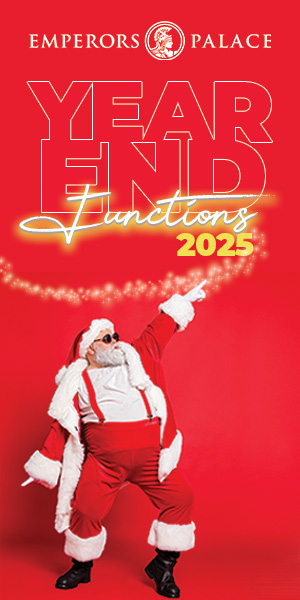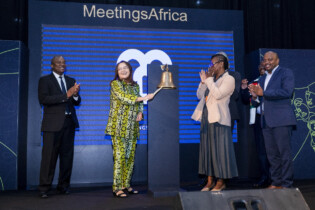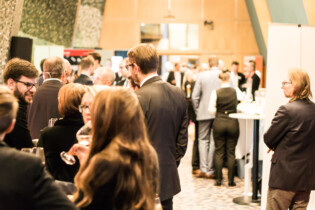The eventing industry has the ability to create an unrivaled platform that can deliver maximum engagement between commerce, industry and target audiences – but how do we ensure we get this spot on?
The world of eventing is big business; globally, MICE will reach US$1.245 trillion (R18.25 trillion) in the next five years. This, however, is no guarantee that potential investors will walk away from our own events feeling warm and fuzzy and ready to throw their money at us.
Increasingly, the delegate’s experience is what is helping define the objectives of an event. The same principles still apply, where the event organiser’s marketing and messaging goals need to be met, but if any decent amount of ROI is to be recognised, more consideration needs to be given towards how each delegate experiences and engages with our event as the end-user.
Let’s break it down into 3 Es to simplify the psychology of this:
End-user
There is nothing quite as frustrating as going to an event that has not been properly organised. The programme proceedings on the day, unless a major oversight has been made with the schedule, will almost certainly run smoothly because there is far more involvement by other parties; speakers, MCs and panellists will all flag a glitch in the agenda if there is one and help keep the pace of the programme. However, this is the least of your concerns if you don’t have enough parking, your registration desk is a mess and your catering is poorly planned, which can leave attendees disappointed and put off.
Taking care of the individual’s primary needs is absolutely essential. Reassuring your delegates with proper communication on where they park, how they register and what food will be on offer throughout the day will already put their minds at ease and ensure they are relaxed when they arrive.
Experience
Set the tone. Create ambience. Endear your audiences to you. Establish what tools you can use to make sure the experience had by your attendees is a positive one. Identify sensory touch points that will serve to enhance your engagement and better substantiate your key messaging. Within this, look at easy-to-implement ideas such as lighting and music because these can go a long way in helping you set a mood.
Ultimately, the aim is to ensure that the day or two spent out of the office is made worthwhile by providing an experience that would not be possible anywhere else.
Entertainment is a good means to achieve this. If budgets are tight, however, invite a keynote speaker from the industry to address your audience. Having someone of relevance who is well-respected and a big-hitter in their own right will be a talking point at your event and make it more personal.
Engagement
When it comes to engagement, the KISS (keep it simple, stupid) method will inform this – ensure that whatever your message is that you can sum it up in one short phrase. Ask how the name and theme of your event lend themselves to your objectives relative to your messaging and whether the level of engagement between you and your audiences will accurately relay this. Look at the marketing collateral being used and how you can ensure this messaging is displayed across all your platforms – from media releases to your signage at registration. Make sure this is reinforced during your event.
A post-event survey can help you determine how effective this was, so don’t neglect your follow-ups.







